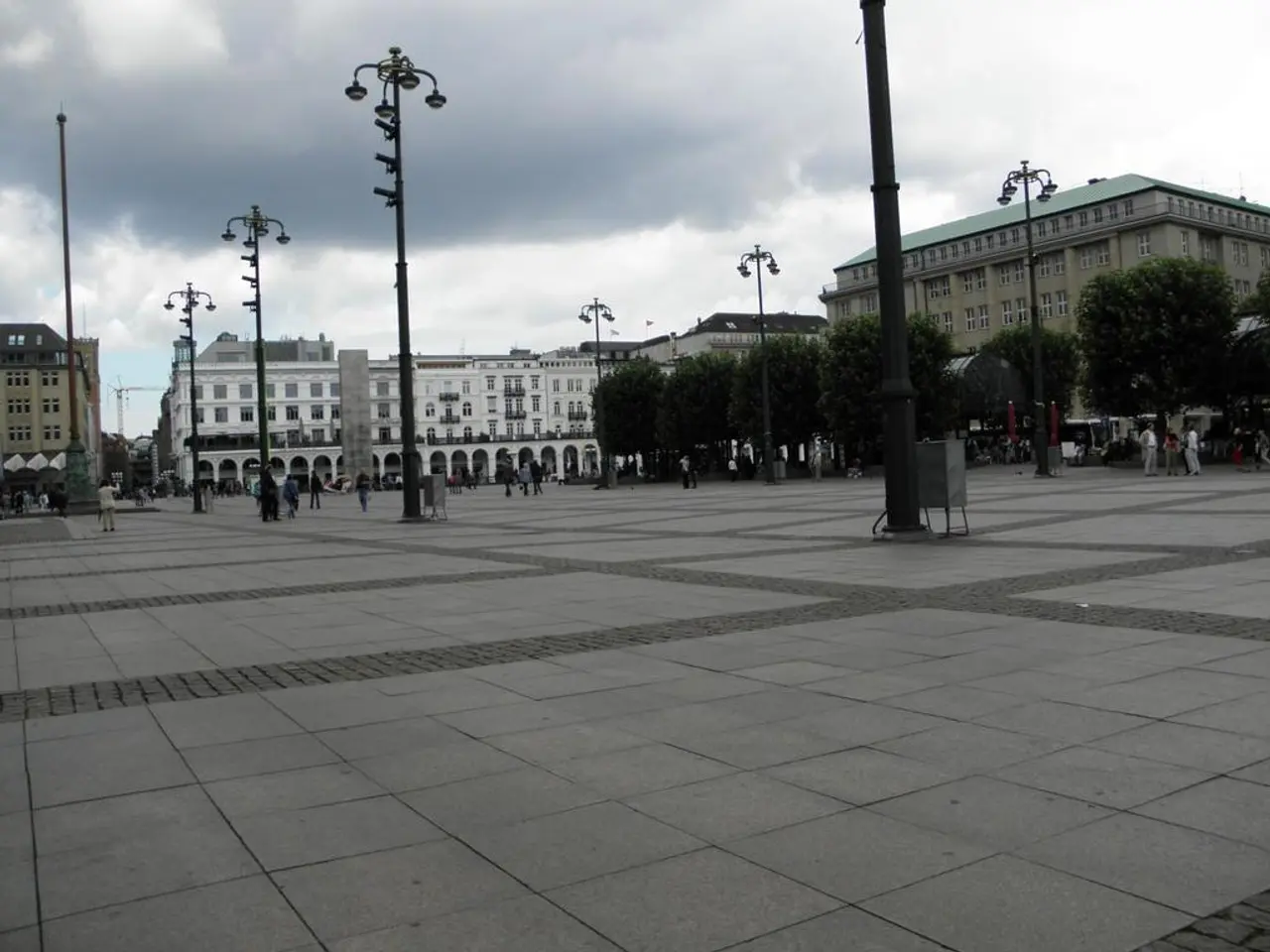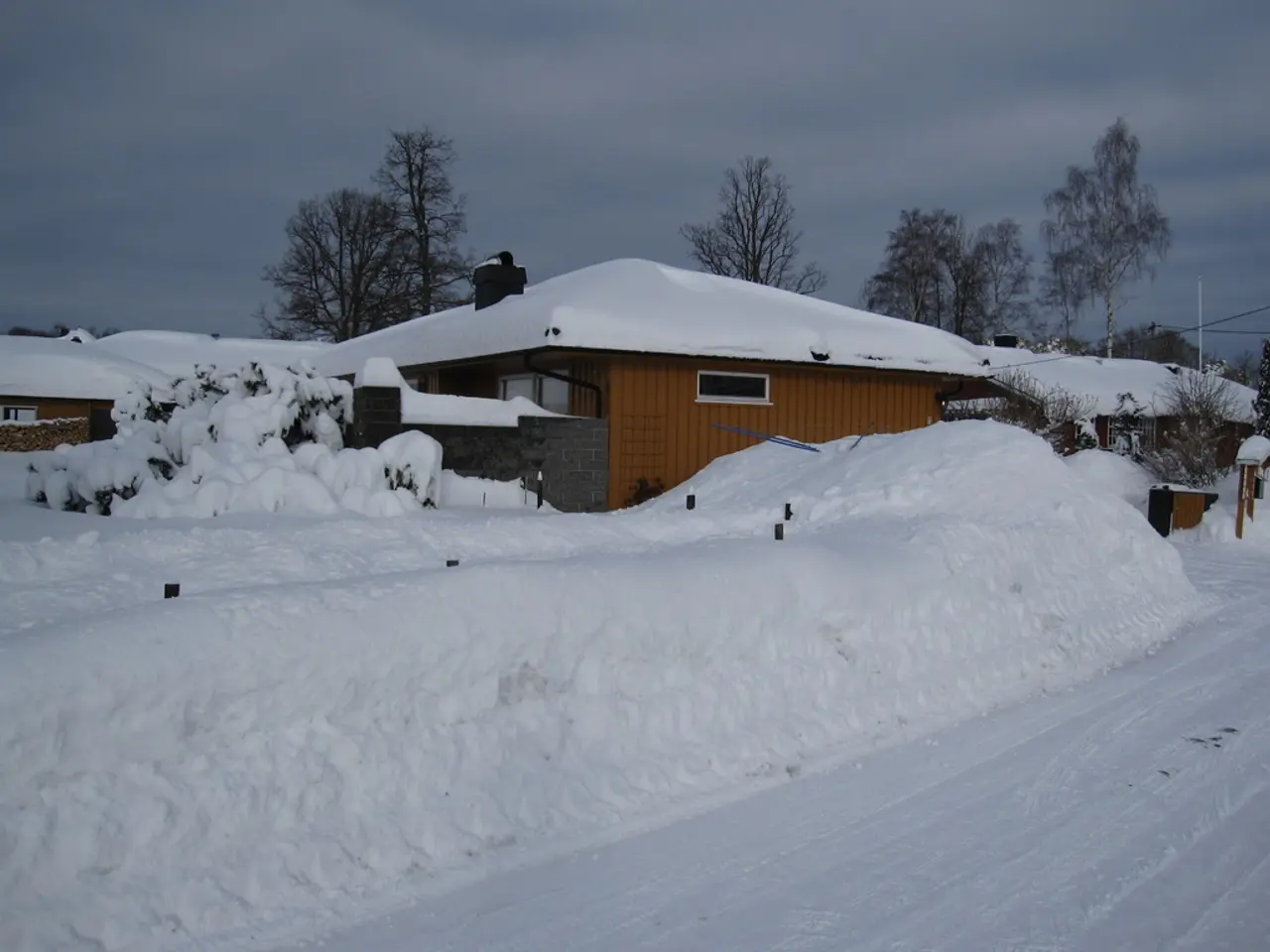Oceanic-style billows reminiscent of waves are known as Kelvin-Helmholtz clouds.
In the vast expanse of our Earth's atmosphere, there exist a mesmerizing natural spectacle known as Kelvin-Helmholtz clouds. These clouds, reminiscent of ocean waves, are a sight to behold and a testament to the complexity and beauty of our planet.
Kelvin-Helmholtz clouds are formed due to the Kelvin-Helmholtz instability, an occurrence that takes place at the boundaries where two layers of air move at different speeds and densities. This instability causes the rolling, billow-shaped features often seen in these clouds. The conditions favouring their visibility are strong wind shear between atmospheric layers, stable stratification, and often near cloud edges or clear skies above clouds.
These clouds are most likely seen when atmospheric conditions produce a significant velocity gradient with relatively stable layers, such as during certain frontal passages or in areas of layered winds in the upper atmosphere.
Interestingly, the formation of Kelvin-Helmholtz clouds is not exclusive to Earth. They can also be found on other planets where winds move at different speeds. The naming of these clouds is attributed to Lord Kelvin and Hermann von Helmholtz, who studied the physics of the instability that leads to this type of cloud formation.
Photographers have been capturing these rare and beautiful clouds from various locations around the world, with some incredible images even being captured from two different locations on Earth on the same day. If you spot a Kelvin-Helmholtz cloud, consider capturing a photograph and submitting it to a relevant website or organization.
It's intriguing to note that the Dutch Post-Impressionist painter, Vincent van Gogh, might have been inspired by these clouds in his masterpiece, Starry Night. The wave-like patterns in the sky could be a reflection of the Kelvin-Helmholtz clouds, adding another layer of beauty and mystery to this already captivating natural phenomenon.
Kelvin-Helmholtz clouds are more commonly spotted near sunrise or sunset, a time when the bottom of the clouds are cooler and the air above is warmer. This creates the perfect conditions for these wave-shaped clouds to form, offering spectators a stunning display of nature's artistry.
In conclusion, Kelvin-Helmholtz clouds are a fascinating natural phenomenon that showcases the complexity and beauty of our Earth's atmosphere. If you're lucky enough to spot one, don't forget to take a moment to appreciate this incredible sight.
The beauty of Kelvin-Helmholtz clouds is not limited to Earth; they are also observed on other planets due to the same wind-related motion. This remarkable phenomenon, named after Lord Kelvin and Hermann von Helmholtz, falls under the realm of both science and environmental-science, shedding light on the factors that influence our planet's weather.








